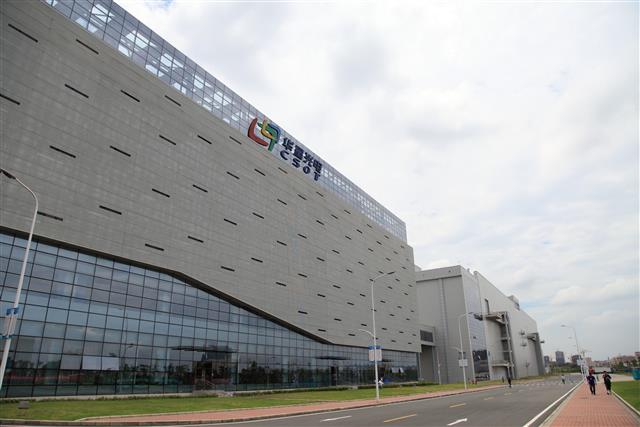China's panel makers such as BOE actively expand production to grab the flexible OLED mobile phone panel market
2016/4/9

Although South Korea's Samsung Display currently dominates the production of flexible OLED panels for smart phones, it has a 95% market share in the flexible OLED panel market. However, with the support of market prospects and industrial policies, Chinese companies are investing more funds in the field of OLED panels, targeting Samsung and other technology companies to promote the substantial growth of China's OLED panel industry.
For the development trend of China's panel industry, panel supply chain consultancy DSCC pointed out that during the period from 2018 to 2023, Chinese panel makers will spend $29.7 billion to increase the manufacturing capacity of mobile OLED panels, which will account for the global OLED panel manufacturers increased their production capacity by 88%. In addition, from 2018 to 2022, OLED shipments will nearly double, reaching the scale of 818 million panels, but the value of OLED panels is expected to grow only 34%.
DSCC further pointed out that BOE is currently the largest mobile OLED panel manufacturer in China. The company said it sent 2.7 million panels to top brand customers in 2018. And as more production lines are put into operation, shipments are expected to reach 30 million in 2019. According to DSCC's forecast, by 2023, BOE's panel shipments will jump to 161 million. In addition, other Chinese panel makers, including Visionox and Tianma Microelectronics, are also investing billions of dollars to build new production lines for flexible OLED panels.
DSCC estimates that Chinese companies will gradually eat into the market share of South Korea's Samsung in the next five years. Among them, the proportion of Samsung's display in the global mobile OLED panel market will gradually decrease from 91% in 2019 to 2023. 48%, however, China's BOE market share will jump from the current 1.3% to 18.8%, and Visionox will also rise from less than 2% to 9.1%.
In the face of the positive expansion of BOE, in addition to the market's uncertainty about the future development of flexible OLED panels, it is a problem for BOE to make money behind the substantial expansion. In fact, BOE announced in 2018 that it will build its third 6th generation flexible OLED production line with a total investment of 46.5 billion yuan (about NT$210 billion). In total, BOE's total investment in OLED panels amounted to RMB 139.5 billion (about NT$ 630 billion), and each of them has an OLED production line in Chengdu, Mianyang and Chongqing. It is expected that a production line in Fuzhou will be added in the future, adding to the doubts about oversupply.
In addition, according to the 2018 financial report released by BOE, although the Chinese government subsidized funds reached 2.074 billion yuan, after deducting non-recurring gains and losses including government subsidies, the company's non-recurring net profit in 2018 was 1.518 billion yuan. Compared with the previous year, the net profit attributable to shareholders of listed companies was 7.42 billion yuan, a decrease of 54.61% from the previous year. With an EPS of only 0.1 yuan per share, the state of the market, which relies on government subsidies and earns no money, is even more worrying for the industry.



